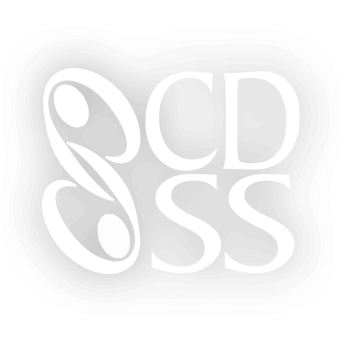Like any milestone birthday, a Centennial affords us the opportunity both to look back and to look forward. Where did we come from? How did we get here? Where are we going? This inaugural issue of CD+S Online launches us on our journey to explore these themes.
CD+S Online is the modern reboot of the Country Dance & Song Society’s (CDSS) scholarly journal, Country Dance and Song. From 1968 to 1996, under a distinguished panel of editors, the annually-published Country Dance and Song presented original research on folk dance and song. With CD+S Online we are excited to reengage with scholarly analysis and writing and to explore the advantages of the internet, which allows us to include links to other articles, videos and audio recordings, thereby greatly enriching the readings.
The 2015 Centennial celebrated the official founding of the entity that would become CDSS, when the English folk song and dance collector Cecil J. Sharp made his first visit to America, founding several branches of the English Folk Dance Society (EFDS). Derek Schofield starts us out on our 100-year voyage of discovery with Cecil Sharp and English Folk Song and Dance Before 1915, exploring how Sharp came to be involved with the movement, and what brought him to the United States in late 1914, shortly after war had been declared. Daniel Walkowitz continues Sharp’s story with Cecil Sharp and the Origins of the Country Dance and Song Society, exploring both why Sharp’s lectures and teaching of English folk dances appealed to Americans, and what Sharp himself gained by encountering traditional music in the Southern mountains.
As both Schofield and Walkowitz tell us, from its inception there was and has always been a tug-of-war between those who wish to capture, standardize and/or “preserve” traditional art forms and those who perceive that these forms are continually changing and evolving. The two remaining articles in this issue touch on different aspects of this tension between traditional and innovation. How do we preserve what we love while keeping it fresh for a new generation?
Tina Fields starts this discussion in her documentation of her own family’s involvement with square dancing in the 1950s and 1960s in rural Idaho in Square Dance in the 1950s Rural West. Seasonal rhythms meant that winter was the time for the most fun, and people would congregate at crossroads and square dance in the snow to the light given by the moon or buckets of burning, oil-soaked sawdust. She describes her father’s activities as a square dance caller, one who specialized in “hash” calls, and his perceptions of how square dancing has evolved over the years. In Hank Fields’ eyes, the calls have become too complex and less fun. Tina’s article reminds us that dancing can be an important sustainer of community.
In Cousins, A Few Times Removed: Eighty Years of Team Clogging’s Family Tree, Leanne Smith explores how and when clogging steps were added to traditional square dance figures to create the form of dance known as “team clogging.” She describes how the tension between wanting to show “traditional” clogging and the desire to please audiences split team clogging into a number of different styles: “smooth” dancing, “precision” clogging and more. She also explores the differences in style between competition-based clogging, with its numerous rules and categories, and festival-performance-based clogging, with an emphasis on incorporation of other vernacular footwork. She concludes that while some of these kinds of dancing look perplexingly unrelated, yet they are all clogging. This article also takes advantage of publication on the internet in its incorporation of numerous videos of dancers clogging in many different styles.
On January 1, 2016 the clock started ticking on the journey to the Second Centennial. To readers of 2115, I hope that you enjoy this exploration of the first hundred years!
Allison Thompson
General Editor, CD+S Online
Country Dance & Song Editors
- May Gadd – 1968-1969
- John Dunn – 1970
- James Morrison – 1971-1974
- J. Michael Stimson – 1975
- Anthony G. Barrand – 1977-1981
- David E.E. Sloane – 1983-1996

 Thanks to the Massachusetts Cultural Council for their generous support.
Thanks to the Massachusetts Cultural Council for their generous support.